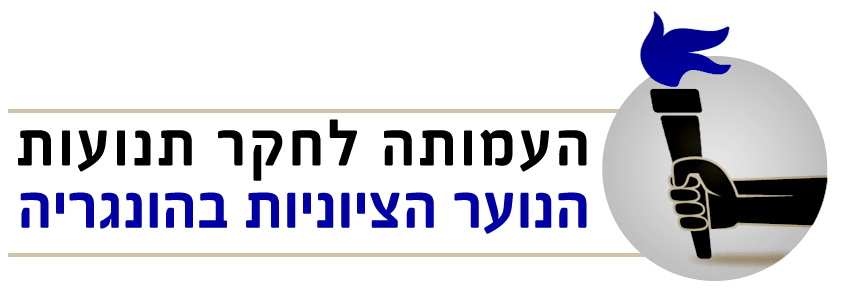Neshka came from a religious Jewish family. Her father was a Hasid and a reader of prayers in the synagogue. She was orphaned at an early age.
Although the Hassidic currents were predominant in the village, Zionism was not banned. Emissaries from Eretz Israel (Palestine), Mordehai Caspi and Shlomo Lipsky, set up a ken of “Hehalutz Hatzair” (which later became “Dror Habonim”) in the village and Neshka, aged fifteen, joined the movement. She stayed in hahsharot in preparation for her aliya. In 1939 she and her friends in the hahshara were surprised by Hungarian policemen and taken to Budapest. In the Hungarian capital they were detained for four days and then sent back to their village. In 1940 Neshka left the family home again and arrived in Budapest where the Zionist youth movement was already outlawed. Neshka and her friends lived in a commune. In 1941 she met Jewish refugees fromPoland and, from them, she learned about the deportation of Jews. She devoted herself to helping them.In 1943 she met Tzvi Goldfarb, who had arrived in Hungary after an eleven month stay in Slovakia. From then on they worked together and did not part. In 1943 Neshka was sent by the movement to the Carpatho-Ruthenia region in order to warn the Jews of the dangers of fascism and to set up new kenim of the movement. After the German occupation of Hungary on 19.3.1944, Neshka was a prominent activist in the underground and stood out for her wisdom and courage. She was engaged in a great variety of activities and missions. On one of her operations she was caught, together with Tzvi and other comrades, interrogated, brutally tortured but did not reveal her secrets. Neshka was sent to the military prison on Margit Boulevard, which was the main military prison in Budapest, then to the Sopronkøhida prison, and again to Margit Boulevard. She was liberated thanks to a daring rescue operation of the Zionist youth movements underground. After the liberation in January 1945, Tzvi and Neshka worked on the rehabilitation of the movement, took care of the remaining refugees and of the orphanages where hundreds of Jewish children found refuge.
In 1949 Neshka made aliya with her husband and was one of the founders of Kibbutz Parod. Her son, Uri, was killed in the Yom Kippur War. Four years later, Tzvi also passed away. Neshka died in 2000.



